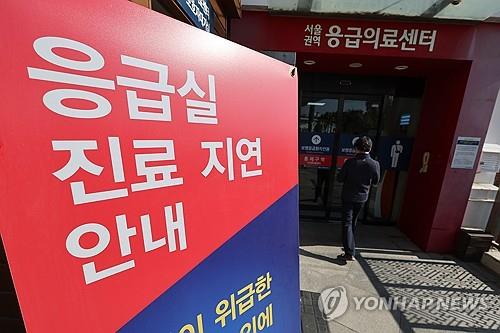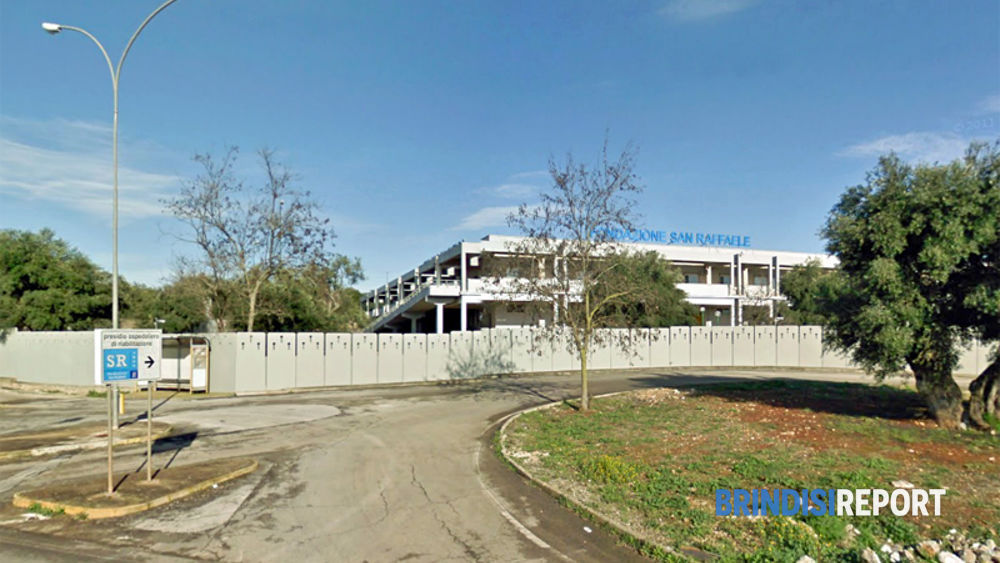Results of analysis of national emergency patient treatment information network… “We need to shift to customized policies for each region and disease.”
![[김길원의 헬스노트] “3,000 acutely ill patients die each year because they could receive treatment but could not receive it.” [김길원의 헬스노트] “3,000 acutely ill patients die each year because they could receive treatment but could not receive it.”](https://img0.yna.co.kr/etc/inner/KR/2024/11/05/AKR20241105117300530_01_i_P4.jpg)
Transfer patient to emergency room
(Seoul = Yonhap News) Reporter Shin Hyun-woo = A paramedic is transporting a patient to the emergency medical center of a university hospital in downtown Seoul on the morning of the 5th. 2024.11.5
[email protected]
(Seoul = Yonhap News) Reporter Kim Gil-won = An analysis showed that if seriously ill patients are properly treated in Korea through a data-based emergency medical system, approximately 3,000 deaths per year can be prevented.
The emergency medicine research team (Kyu-Seok Kim, Soo-Hyun Park, and Jeong-Ho Hyun) from the Department of Emergency Medicine at Bundang CHA Medical Center, CHA Medical University, analyzed the in-hospital mortality rates of acute serious diseases such as acute myocardial infarction, stroke, and sepsis by region based on the 2020 National Emergency Patient Information Network (NEDIS) big data. It was announced on the 6th that the results showed this.
The results of this study were published in the latest issue of the international journal ‘American Journal of Emergency Medicine’ (AJEM).
advertisement
In this study, the research team proposed the concept of ‘treatable death’ as a strategic model to solve the problem of access to medical care across the country.
Treatable death literally refers to cases where treatment could have been possible, but death occurred because the patient did not receive appropriate treatment. The research team explains that based on this analysis, measures can be developed to lower the mortality rate not only for the entire country but also for each region and disease.
The research team also presented an estimate of the mortality rate if treatable deaths were analyzed in Korea and customized policies were established accordingly.
The target mortality rate was analyzed by dividing it into short-term, medium-term, and long-term based on the entire country. The short-term was based on the domestic average death rate, the medium-term was based on the lowest domestic death rate, and the long-term was based on the lowest national death rate presented by the Organization for Economic Co-operation and Development (OECD) in 2022.
As a result, it was calculated that if the mid-term goal is achieved, the deaths of 749 people from acute myocardial infarction, 958 from stroke, and 1,552 from sepsis can be reduced nationwide for one year.
The research team said that interest in essential medical care has been growing recently due to problems such as limited medical personnel and facilities, but in a situation where there is no objective indicator to solve this problem, using this treatable death analysis system can be used to find serious diseases that can be treated at the national level. It was predicted that it would contribute to lowering my mortality rate.
For example, if the trauma mortality rate is high in area A, the reason for the high trauma mortality rate is analyzed and emergency medical measures are developed. Conversely, if the acute myocardial infarction mortality rate is high in area B, the treatment is to analyze the cause and implement appropriate medical policies. This is the core of death analysis.

Information on delayed treatment in front of the emergency room
(Seoul = Yonhap News) Reporter Shin Hyun-woo = On the morning of the 31st, a banner was placed in front of the emergency medical center at a university hospital in downtown Seoul. 2024.10.31
[email protected]
Professor Kim Gyu-seok of the Department of Emergency Medicine at Bundang CHA Hospital said, “Even though the serious diseases that are problematic in each region are different, we can only develop medical policies tailored to local governments by breaking away from the method of the central government issuing a blanket policy and local governments unconditionally following it.” He added, “Big data-based treatment.” “An analysis of possible deaths can be the basis,” he said.
He pointed out that this study also had significant implications in that the highest number of treatable deaths occurred in patients with sepsis than in trauma, acute myocardial infarction, or stroke.
Sepsis is a disease in which viruses or bacteria proliferate in the blood, causing systemic inflammatory reactions such as high fever, increased white blood cells, and low blood pressure. This kind of sepsis can cause multiple organ failure or heart failure, which can lead to death.
Professor Kim said, “Currently, we are spending a lot of money nationally on cardio-cerebrovascular and trauma centers that treat myocardial infarction and stroke, but looking at the data on treatable mortality rates, we can see that the evidence is insufficient.” He added, “We will focus on treating sepsis in the future.” He emphasized, “We need a strategy to change the direction of medical policy by placing .”
Report via KakaoTalk okjebo
Unauthorized reproduction/redistribution, AI learning and use prohibited>
2024/11/06 06:13 Sent

